Water and the Dynamic Life of Molecules
By John Palka — Posted March 4, 2018
Water is abundant on our Earth and is also essential for all of life as we know it. It is part of our daily experience—we see it, we drink it, we feel it on our skin. But what is water? How does it get the properties that are so familiar to us? Why is it central to the processes of life? Let’s take a look.
THE MOLECULAR ARCHITECTURE OF WATER
Even in common parlance, water is often referred to as H2O, the chemists’ shorthand for a molecule that contains two atoms of hydrogen and one of oxygen. When joined in a single molecule, these three atoms collectively assume a characteristic shape, sort of a broad-based arrowhead with the oxygen at the tip and the two hydrogens forming the two tails. This arrowhead has an extremely important attribute: the tip is slightly negatively charged and the tails are slightly positively charged, while the molecule as a whole remains electrically neutral. We designate a molecule like this, with distinct positive and negative regions, as polar.
Thus, water molecules are small (made up of only three small atoms) and polar. This combination of properties underlies many of the properties of water as a whole.
THE STATES OF WATER
Polar molecules like water are held close to one another by their electrical charges—positive to negative and negative to positive—and tend to separate from one another because of the vigor of their motions.
When it’s sufficiently cold, the attractive forces predominate and water freezes into a solid—ice. In the solid state, most of the water molecules remain in stable locations relative to their neighbors, but in those locations they continue to vibrate or oscillate. Molecular motion slows down progressively as the temperature approaches absolute zero (0 degrees Kelvin, -273.15 degrees Celsius, or -459.67 degrees Fahrenheit).
There are many examples of ice in nature. Here, for example, we see part of a small iceberg floating in the waters of LeConte Sound in Alaska.
When it’s warmer, above water’s freezing point, the momentum of agitated water molecules partially overcomes the electrical attractive forces between them and they bump into or glide over each other forming liquid water.
Here we see the Columbia River carrying liquid water, previously dropped as rain or snow throughout its watershed, toward the Pacific Ocean. In this scene, we can imagine countless molecules of H2O agitatedly bumping into each other but still held in close proximity by electrical attraction.
The momentum of water molecules can also carry them into the air to form water vapor. When they escape from the surface of liquid water, we call the process evaporation. The air above the Columbia holds a myriad such evaporated water molecules. When water molecules escape from the surface of ice, the process is called sublimation.
Once in the air, water molecules are far apart and move fast, so that electrical attractive forces between them become negligible. We can think of these water molecules as randomly dispersed among the other molecules that collectively constitute air, including nitrogen, oxygen, argon, and carbon dioxide.
All the molecules comprising air (or any gas) are in constant motion. Scientists have calculated that under ordinary atmospheric conditions each molecule travels at several hundred meters (around a thousand feet) per second, bumps into another and promptly bounces off some ten trillion times a second, and travels an average of 0.1 micrometers (0.000003937 inches) between collisions. This minuscule distance is still a thousand times greater than the size of a gas molecule. So, the air we live in, and take for granted, is filled with tiny molecules in incessant, high speed, and turbulent motion! The warmer the air (or liquid water) is, the faster these molecules move.
None of the molecules comprising air except for water are polar, so there is no electrical attraction among them. It’s different for water. If their movements bring them close together, the polar molecules of water darting about in the air attract one another, just as they do in the liquid or the solid state. They can collect to form droplets that we see as steam, mist, or clouds. Exactly how this happens is quite complicated, and we will not go into any of the details here. Ultimately, these droplets may coalesce to form raindrops or freeze to form snowflakes.
CHANGES OF STATE
Water molecules regularly pass among the solid, liquid, and gaseous states. Movement between solid and liquid is illustrated in this picture taken on Lake Superior. Molecules locked into the ice can escape into the surrounding liquid water, and those that are in the liquid water can equally lock onto the crystals of existing solid ice.
When molecules jump from ice into liquid water at a faster rate than they leave the water to attach themselves to the crystal lattice of the ice, the ice is melting. When water molecules leave the liquid state and lock onto the existing ice at a faster rate than they leave the ice, the water is freezing. When molecules move in the two directions at equal rates, the system is in equilibrium.
The evaporation of water is usually an invisible process because water molecules leave the surface of liquid water one by one and no one can see individual molecules. This kind of evaporation takes place constantly from the leaves of plants, from the surface of human skin, and from the surface of every stream, river, lake, and ocean on the Earth.
We have already imagined water molecules dancing over the Columbia River. Here is Lake Michigan as seen from the Wisconsin shore. Like the Columbia, this enormous lake gives no hint that untold numbers of water molecules are escaping from its surface and contributing to the humidity of the air above it.
And here is the Pacific Ocean, the most massive body of water on Earth, seen from the wilderness coast of Washington. Again, we can see no clue to the massive evaporation that is taking place. We just have to imagine the trillions upon trillions of water molecules erupting out of the ocean surface and dispersing into the air.
While in the air, these molecules act as a greenhouse gas and help warm the Earth. When they condense into droplets of liquid water they form clouds. Clouds reflect solar energy back into space and thereby function as a component of the Earth’s cooling system. They may also release their water as rain and snow over the land, and thereby help sustain the forests and the fields. In ways like this, water molecules that have evaporated into the air, although invisible to us, play an essential part in sustaining life on Earth.
Under special circumstances we can almost catch evaporation in the act. For example, here is a hot pool in Yellowstone National Park. Because the water is warm or even hot, molecules escape into the air above at a rapid rate. Because the air is cold, especially in winter, they slow down and condense at, again, an unusually high rate. The resulting tiny water droplets scatter light, and we see them as what we most often call steam. A similar phenomenon occurs over ordinary lakes, especially in the fall. The water at the surface of the lake is warmed by the sun during the day and does not cool much during the night. The air above the lake, however, does cool, especially on clear nights. As a result, the invisible water vapor rising from the lake condenses into droplets, and an accumulation of those droplets is visible. In casual language we tend to call it mist or fog rather than steam.
A REMARKABLE FACT—ICE FLOATS
We all know that ice floats, so this fact may not at first glance seem remarkable. But it actually is, and here is why. As liquid water gets colder, the movements of the H2O molecules slow down. This allows them to come closer together before separating again; thus, the number of molecules in a given volume of water rises, and the water becomes heavier. We say that its density increases. This is the reason that in lakes and oceans cold water sinks and warm water rises, producing a stratification. You can often feel this while swimming, and it plays an important role in the mixing of nutrients on which the plankton, the base of the entire food chain, depends.
As ice crystals begin to form, however, electrical forces lock their constituent molecules into a three-dimensional lattice, and in this lattice the molecules are held at fixed distances that are slightly greater, on average, than those prevailing among the jostling molecules in liquid water. For this reason, water in the form of ice is slightly lighter than the cold water around it—the density of the ice is lower—and, so, ice floats. Water’s density is highest at roughly 4 degrees Celsius (39 degrees Fahrenheit). The greater average separation of water molecules in ice is why the iceberg we saw in LeConte Sound and the plates of ice we saw in Lake Superior floated rather than sinking.
Thus, the fact that the locked-in H2O molecules in ice are slightly farther apart than are the molecules darting about in near-freezing water explains two familiar facts: (a) ice floats, and (b) ice expands. The floating of ice is important to life on Earth. It is what keeps many lakes from freezing all the way through during a cold winter, thereby sparing the aquatic organisms living there from death by freezing. And we humans who live in a region with cold winters are acutely aware that water expands as it freezes because this roughly 8% expansion can lead to water pipes bursting! Freezing and thawing is also an important factor in the weathering of rock and thus ultimately in the formation of new soil. On the other hand, the expansion of ice relative to cold water is a threat to living organisms, because when ice forms within cells it tears apart the membranes that form the boundary between the interior of the cells and their environment and thereby kills them. Organisms that live in freezing environments have evolved special mechanisms to deal with this threat.
THE DYNAMIC LIFE OF MOLECULES
As we routinely move about the world, we almost never think of the fact that all of the molecular constituents of our world are in constant motion. This is as true of the molecules that make up our own bodies as it is of the molecules comprising air, water, and the bodies of other living creatures all around us. Does bringing the incessant movement of all atoms and molecules to mind affect your sense of your own presence on the planet? Does it leave a mark on your appreciation of the many mechanisms that brought your body into existence? Does it enrich your understanding of the many interrelationships we examined in the post The Earth System? Try it and see!
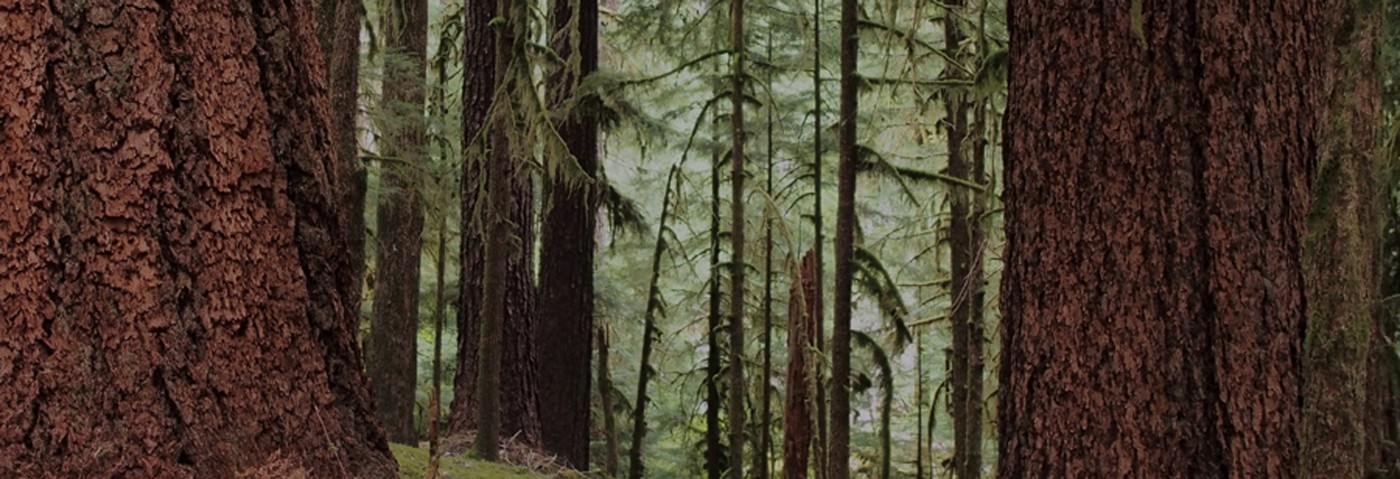
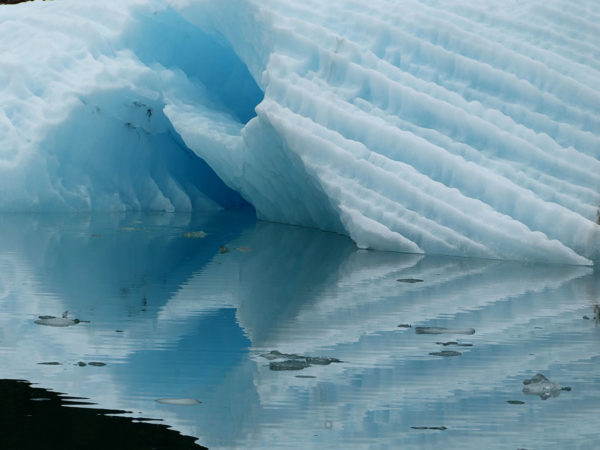
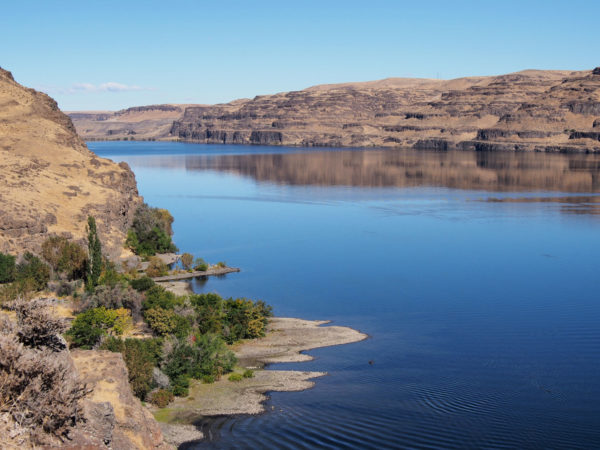
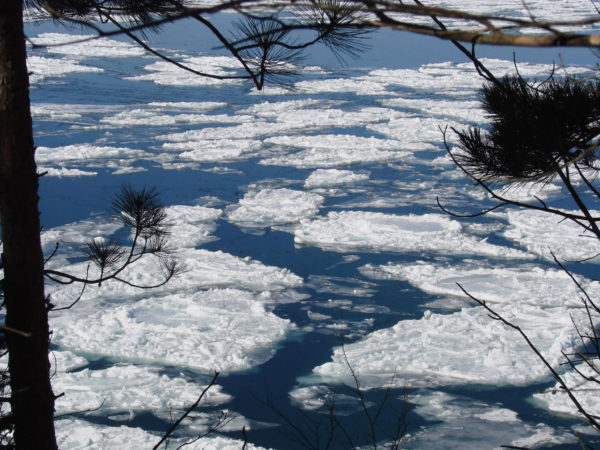
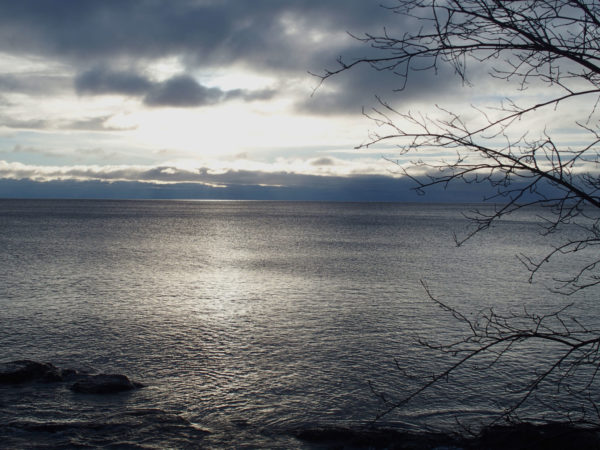
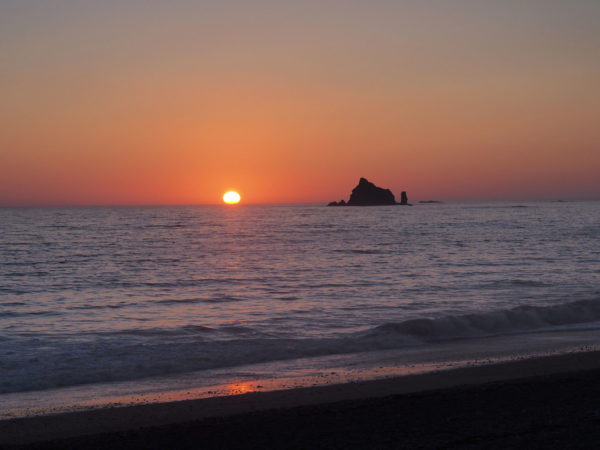
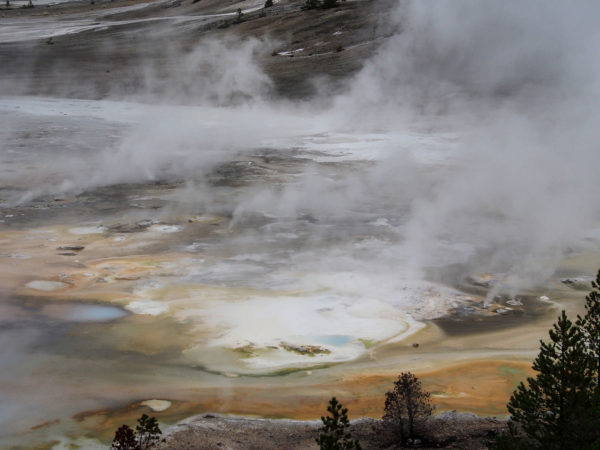
Wonderful photos to illustrate this exposition of water and its fascinating qualities, Johnny. Thanks. Posting on Facebook.
Thanks, Kit. The more I think about water, the more amazing it seems to me!
As usual – a delightful short course in the day-to-day reality we so often take for granted!! Thanks..!!
Thanks, Marty. And you know who is the first beneficiary of these short courses? I myself! So thanks to all the readers who keep me going!
Thank you so much, Johnny, for your ongoing postings regarding key Gaia dynamics in simple and easily understood language with really beautiful images for us.!! They each touch me deeply! Perry and I moved to Central Washington from Whidbey Island when we retired- 2 years ago. A non profit here, Soap Lake Conservancy (SLC) where I serve as a Trustee, is assisting the middle and high school science teachers involve their students in the study of the amazing ancient mineral lake here — Soap Lake. I will be sharing the link to your blog with the students and SLC members. The lake has been, in recent years, studied by Leo Bodensteiner, Anthony Gabriel, Holly Pinkart, and others through Central Washington University and Western. Including studies using Dr. W.T. Edmundson’s, (a now deceased University of Washington, professor and Zoologist for 37 years), collected samples of Soap Lake’s mineral water beginning from pre- irrigation times ( the Columbia River Bureau of Reclamation Project) in the 1950’s to the 1990’s. These studies show a sudden and continuing disappearance of minerals over the more recent years. I wonder if you might be aware of specific processes in the mineral lakes on the earth ( most of which are disappearing), which are ignored as important– that are differ from what you describe here? And if so how these mineral lakes might have contributed differently than fresh water historically and perhaps by extrapolation might in fact be important in the future? Could naturally occurring mineral lakes potentially play an important role going into the future? Besides their physically healing properties are there broader longer term scientifically based reasons for our working to save them? I am very clear about the spiritual reasons! Thanks so much for your wonderful Blog!!
Hi, Judith. Many thanks for your kind words. I remember Tommy Edmondson’s work at Soap Lake from the years when he and I were in the same department at the UW. He was an incredible scientist! I also met Cary Peterson for the first time while she was a technician in his lab. As to what might be happening at Soap Lake, I have no idea. Systems like that are complex and you have to know the particularities. I had a very quick look on line for Edmondson and found a fabulous biographical article. It’s lengthy but it gives wonderful insight not only into Tommy himself but also into what makes a great scientist and how early life experiences can be truly formative. It does mention Soap Lake as one of his early interests. When describing Tommy’s appointment to the UW, the biographer mentions Arthur Whiteley and Arthur Martin, both senior faculty members when I arrived in the department in 1969. All this stirred wonderful memories for me! Here’s the link: .
Your blogs are a pleasure to read, Johnny. Thank you for taking the time to write and to share your thoughtful essays. I am always enriched by them.
Thank you, MK!
John, Thanks so much for this link to such a personal history of Tommy Edmondson! Those young scientists in the making at the Soap Lake High School will hopefully be inspired by it as well as by your blog!…..and I smiled to learn Cary and you met way back when! If you find anything else in your musings about Merimictic Soap Lake, please do let me know. We still have many bottles of Soap Lake water he very scientifically collected and labeled over his decades of visits here, in the McKay Health and Rehabilitation facility basement, but no paper was written due to his untimely passing. I look forward to your next Blog entry….as always!
Not only fresh information, but handsome photographs as well, Johnny. Thanks!
So here’s my wonderment: those of us who live in the north country where lakes regularly freeze commonly watch in spring for the day when “the ice goes out.” Usually most of the snow on the ground is gone long before that happens—yet, save for melting around the edges, the ice on the lake may remain for days or even weeks. Then, sometimes just overnight, it disappears. Gone. I have been told that it actually sinks rather than simply melting away.
You mention the magical figure of 39º F. Could this have something to do with it? And is there a lesson here for those of us concerned about how rapidly global warming may affect our ice cap?
Thanks for the kudos, Larry. As for ice melting on lakes in the spring, here are my thoughts (not checked with a true expert!). Water has an exceptionally high heat capacity, meaning that it takes a lot of heat (measured in calories or joules) to increase its temperature (measured in degrees), and correspondingly it requires the removal of a lot of heat to lower its temperature. This is why coastal regions have a more moderate climate than inland regions do. My first guess would be that the same principle is revealed in the spring scenario you describe. Soil warms faster than water does, and being dark it also absorbs a lot more heat wherever it is actually exposed to the sun. As it warms, it is capable of melting ice and snow. This is what you see when wells form in the snow around plants. When I was first skiing in the backcountry of the Cascades, I was actually warned not to fall into such wells around the trees! So, what may be happening is simply differential warming, and it is to be expected that water around lake edges, being in contact with the land, would melt first. As for the sudden disappearance of ice out in the middle, I don’t have a ready suggestion. However, I would be doubtful about the hypothesis of sinking. Here’s an experiment to test how likely sinking is to be an explanation. Fill a bowl of water and chill it in the fridge. Take it out and place an ice cube in it. Now we have a model of a lake with ice still present in the middle. Watch what happens to the ice cube. You could even put the system under a lamp to simulate the sun. Does the ice cube ever sink? If it doesn’t but simply melts (as I expect), then the sinking of lake ice is an unlikely explanation. Of course, this model is a huge simplification and it doesn’t prove anything one way or the other, but simple melting of the ice cube would make me cautious about accepting the sinking explanation.
Hi Johnny. Dan Keefe here.
I finally got the link to your blog and while perusing through all that I had missed I came to your blog on water, which, BTW, was on my birthday, March 4th. So I proceeded to read it through and found it quite intriguing and very well done, and I learned quite a bit more about water
As I looked through the comments, I came a cross the guy’s “sinking ice” question and thought I might offer a plausible explanation and, since I’m late to this you may have already figured it out. But there’s a couple of things going on: as spring proceeds, the sun angle causes the ice to honey comb and crack allowing water to ooze up in and sometimes it’s enough to form a layer several inches thick that gives the ice the appearance of sinking; secondly, as the edges of the ice mass melt due to the warmer shoreline and shallower near-shore water, the water heats up faster than that under the ice and begins to circulate thus causing the ice to melt both from the edges and from underneath.
A professor of mine at CSU studied the formation of ice on the lakes, as well as their melting, in Rocky Mountain NP. He was one hardy dude. I think most of his research occurred in the ’50s and ’60s and was published in the J. of Limnology. He also identified zooplankton and has a few named after him.
An aside: I’ve always found the property of water being the most dense at 39 deg F fascinating, especially in how it affects the ecology and physical nature of lentic environments.
Thanks for your expert words, Dan! Do you think I made a reasonable guess in the response to Larry Daloz just below?
Yes, I think your ice cube analogy was reasonable. Not every water body acts the same.